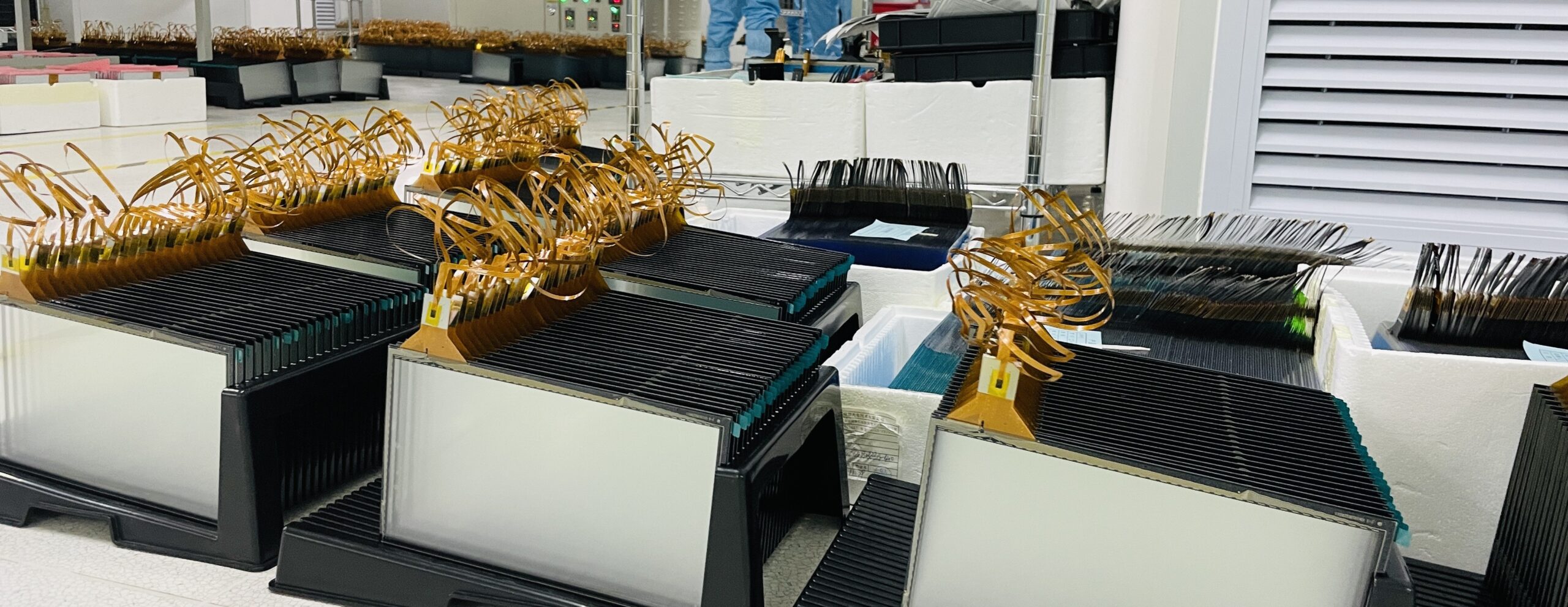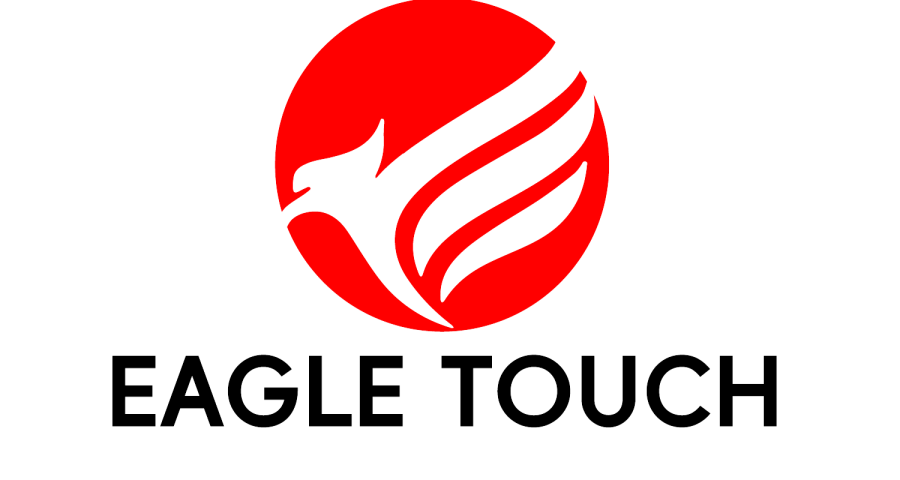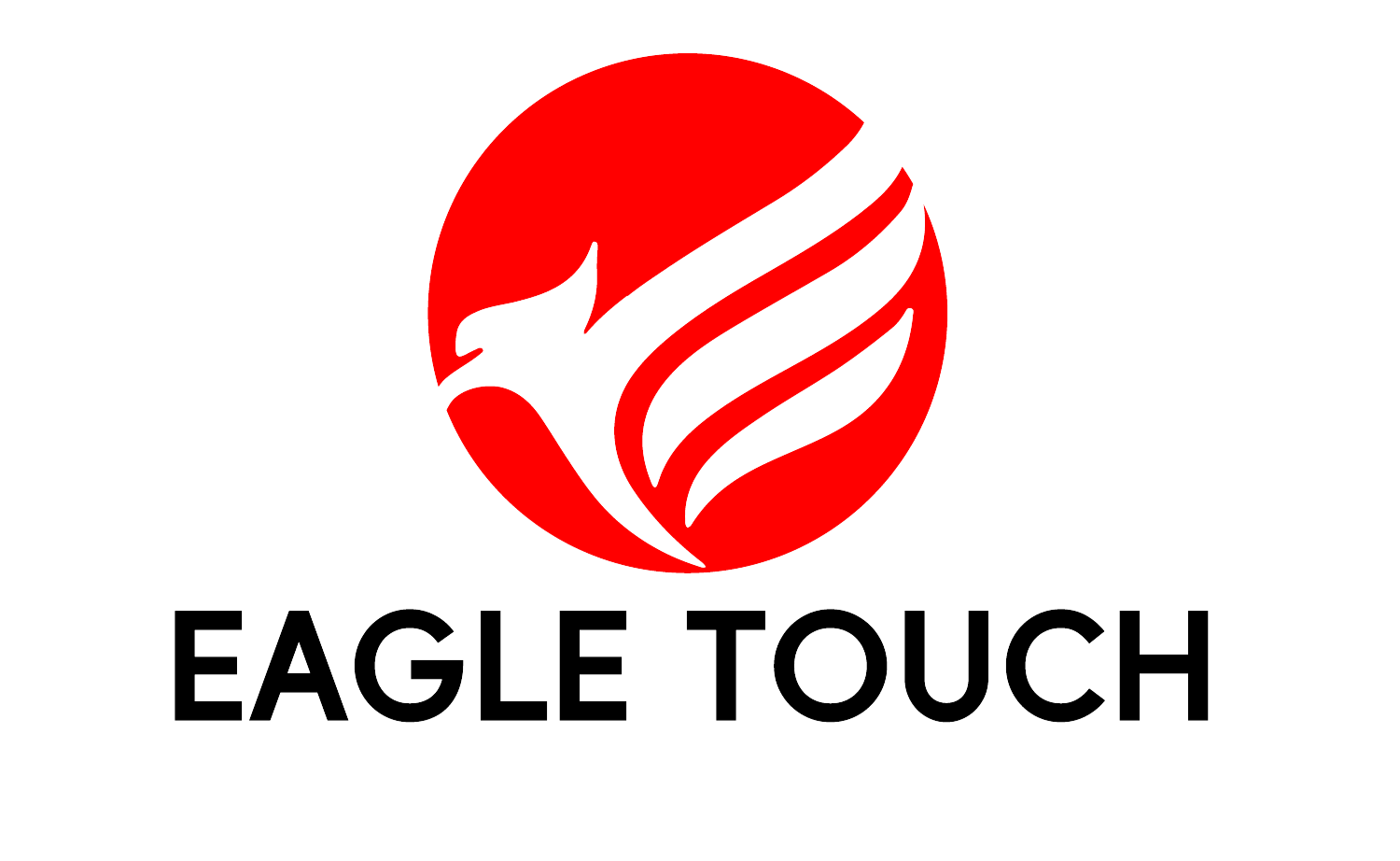
Selecting the appropriate touch screen for different environments is essential for optimal performance and durability. In this guide, we will delve into the critical distinctions between indoor and outdoor touch screens. We’ll examine the unique challenges outdoor screens face, outline the essential adjustments needed to thrive in such conditions, and provide targeted solutions to ensure your outdoor equipment meets and exceeds expectations.
Differences Between Indoor and Outdoor Touch Screen Use
Lighting Conditions
Indoor screens are usually shielded from harsh light, operating under consistent, artificial lighting. This controlled environment allows for standard brightness settings. Outdoor screens, however, must contend with varying light conditions, including direct sunlight. To remain visible, these screens require significantly higher brightness levels and treatments to reduce glare.
Environmental Exposure
Indoors, touch screens are largely protected from environmental elements, experiencing minimal exposure to dust and moisture. Conversely, outdoor screens must be robust, designed to withstand not just everyday wear but also harsh weather conditions like rain, dust, and snow. This demands advanced sealing and protective measures to ensure long-term reliability.
Temperature Fluctuations
The temperature in indoor settings generally stays within a narrow, comfortable range. Outdoor screens face a much wider range of temperatures, potentially experiencing extreme heat during summer and freezing conditions in winter. Such fluctuations require the touch screen can withstand wide range of working temperature to keep the screens operational regardless of weather.
Durability Needs
Indoor screens typically face lower risks of physical damage, whereas outdoor screens need to be built to endure more rigorous conditions. This includes resistance to potential impacts from public interactions and vandalism, necessitating tougher materials and higher durability standards like the IK10 rating for impact resistance.
Adjustments for Outdoor Touch Screen Use
Outdoor touch screens must be specifically engineered to withstand the unique challenges posed by external environments. Here are the key adjustments required to ensure durability and functionality:
Enhanced Environmental Protection
Anti-UV and IR Protection
Outdoor touch screens are consistently exposed to direct sunlight, which can lead to significant damage over time. To address this, screens are equipped with features that counteract ultraviolet (UV) and infrared (IR) radiation. These protective functions are essential not only for preventing the physical degradation of screen materials but also for reducing heat absorption that could compromise the display’s performance and durability. For IR protection, a specialized film is applied to the touch screen, serving as a barrier that blocks harmful infrared radiation while maintaining image clarity and touch responsiveness. The adhesive used in screen assembly is formulated to resist UV radiation, further enhancing the screen’s ability to withstand the effects of sun exposure.
High-Temperature Sintering Silk Print Ink
For outdoor applications, the use of high-temperature sintering silk print ink is crucial. Traditional inks can fade and peel off when exposed to the sun for extended periods, which compromises the visibility and aesthetics of the display. High-temperature sintering ink, on the other hand, merges at a molecular level with the glass during the firing process, creating a bond that is much more resistant to sunlight, temperature variations, and mechanical abrasion. This ensures that any printed designs or information on the touch screen remain clear and intact throughout the life of the product.
AG+AR Coatings
Adding anti-glare (AG) and anti-reflective (AR) coatings is another effective strategy to enhance the usability and durability of outdoor touch screens. These coatings are designed to minimize the light reflected off the screen surface, thereby reducing glare and making the display easier to read even under bright sunlight. AG+AR coatings also contribute to reducing eye strain for users, which is particularly important in applications where screens are viewed frequently or for long periods.
Durable Materials
Toughened Glass
Using toughened glass in outdoor touch screens significantly enhances their resistance to breakage and scratches. It also ensures that the screens can withstand physical impacts and attempts at vandalism, making them ideal for public or exposed environments.
Water and Liquid Interaction
Outdoor touch screens need to maintain high functionality even in wet conditions. This includes retaining full touch capabilities during rain or when users have wet hands. Integrating industrial ICs into the touch screen design is essential for this purpose. These ICs support touch functionality through thicker glass, which not only adds to the durability but also improves touch responsiveness in the presence of water droplets. This makes industrial ICs a critical component in enhancing the robustness and utility of outdoor touch screens under various environmental conditions.
Temperature Management
Outdoor screens need to operate efficiently across a wide range of temperatures. Incorporating thermal management solutions such as embedded heating elements for cold climates and specialized cooling technologies for use in hotter conditions is essential to maintain optimal function and longevity.
Visibility Enhancements
Maintaining screen visibility in diverse lighting conditions is critical,High Brightness Displays: Outdoor screens should feature high brightness levels to ensure readability in direct sunlight.
Solutions for Outdoor Touch Screens
To ensure optimal performance and durability of touch screens in outdoor environments, the following technological and material solutions are recommended: Capacitive touch screens are well-suited for outdoor applications due to their high sensitivity and multi-touch capabilities. To enhance their outdoor usability:
- IR and UV Protection: Apply coatings that block infrared and ultraviolet radiation to prevent damage from sun exposure and reduce heat absorption.
- Glass Cover Treatments: Implement AG (Anti-Glare) and AR (Anti-Reflective) treatments on the glass cover to minimize glare from sunlight, improving visibility and user interaction.
- High-Temperature Sintering Ink: Use high-temperature sintering ink for screen printing on the glass. This ensures that markings remain clear and intact even under extreme sunlight exposure.
- Industrial Touch ICs: Incorporate industrial-grade touch ICs capable of supporting thicker glass, which enhances durability and maintains functionality in various conditions, including the presence of water droplets.
- Vandal-proof Glass: For additional safety and durability, use explosion-proof glass that can withstand significant impacts and prevent shattering, adding an extra layer of security and resilience.
Conclusion
Choosing the right touch screen for outdoor use is a critical decision that impacts the durability and functionality of your technology in challenging environments. By incorporating advanced materials such as toughened glass, employing protective coatings like UV and IR filters, and utilizing technologies such as high-temperature sintering ink and industrial touch ICs, you can significantly enhance the performance and lifespan of outdoor displays. These adjustments ensure that the touch screens not only withstand the rigors of outdoor conditions but also maintain high usability and visibility for users. As technology continues to advance, staying informed about the latest developments in touch screen solutions will remain key to achieving the best results in any outdoor application.




